The Classical World | History - Rome: The Hellenistic World | 9th Social Science : History: The Classical World
Chapter: 9th Social Science : History: The Classical World
Rome: The Hellenistic World
Rome: The Hellenistic
World
Roman Republic
In the beginning Rome
was a society of agriculturists, organized through lineages. Out of this
developed a hereditary ruling class. Roman people were divided into two
classes: Patricians, rich landlords, and Plebeians, a common citizens.
Rome was strategically
located in the crisscrossing trade routes cutting north–south and east–west.
Taxes on passing traders added to the revenue derived from agriculture. By the
late 6th century BC (BCE), Rome developed into a prosperous town.
According to Roman
tradition, Romans established a republic after overthrowing Etruscans in 509 BC
(BCE) The Roman Republic was governed by the Patricians. Two Consuls were
elected by those with voting rights. These consuls in turn appointed the
Senators. Senators and Consuls protected the interests of Patricians. Plebeians
were chronically in debt and had to eventually lose their land to the Patricians.
Wars of conquest also helped the Patricians to expand their landholdings.
Class War between Patricians and Plebeians
Prisoners of war were
enslaved in Rome. Thus Rome produced a new labour force for the rich to
exploit. Big landholders bought slaves cheaply and used them to cultivate their
estates. The slave population grew and by the 1st century BC (BCE) there were
two million slaves, when the total strength of free population was 3.25
million. Slave labour led to the impoverishment of free labour. Many poor
peasants had to abandon their children who also ended up in the slave markets.
The conflict between Plebeians and Patricians became bloodier.
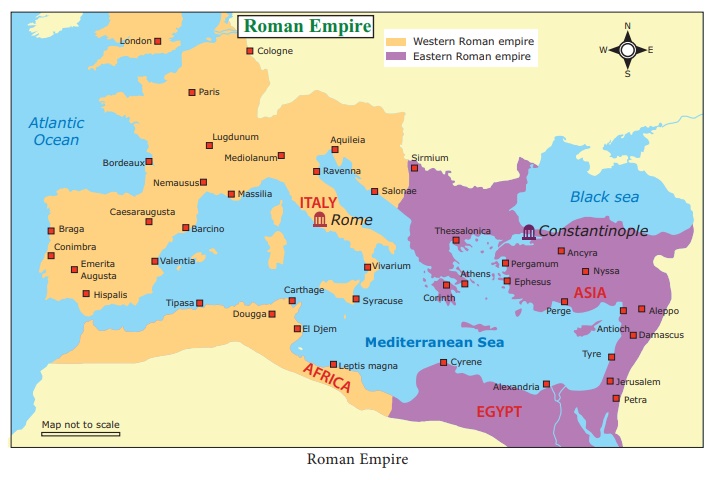
Punic Wars and the Emergence of Imperial Roman Empire
As Rome was growing in
Italy, Carthage was growing in power in north Africa. The Carthaginians were
the descendants of the Phoenicians who excelled in seafaring and trade. Rome
and Carthage united to drive out the Greeks. Thereafter Carthage took Sicily
and threatened the very existence of the Roman state. The three wars fought
between them are called Punic Wars. Carthage sent a general named Hannibal. He
defeated the Roman army and made a great part of Italy a desert. Fabius, who
led the Romans, did not give up. In the second Punic War, Fabius confronted
Hannibal and defeated him in the Battle of Zama. Pursued by the Roman army,
Hannibal ended his life by poisoning himself. The third Punic War was declared
on the Carthaginians by Rome. After the defeat and destruction of the Carthage
in this War, Rome emerged as an unrivalled power in the western world.
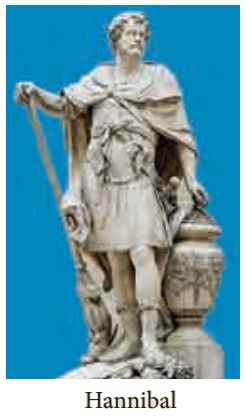
Tiberius Gracchus and
Garius do Gracchus, though Patricians, voiced their opinion in favour of the
poor peasants. As the peasants supported their programme, the Senators, shocked
by this development, murdered both of them. The martyrdom of the Gracchus
brothers played a decisive role in the transformation of the Roman Republic
into the Roman Empire.
Transfer of Power from Consuls to Emperor
When Marius became Consul with the support of the equites (new rich or propertied class below the rank of Senatorial Class), he made an attempt to push through a land distribution bill in the Senate. This led to violence. The allies of Marius were killed. This resulted in a civil war between the followers of Marius and Sulla. After expelling Marius Sulla reigned for three years as a virtual dictator. He was killed and succeeded by Cinna and Catalina. Catalina’s defeat led to mob violence. The Senate House was burnt down. Mobs took to streets to target the rich. This was the background against which Julius Caesar led his army across the Italian border and took power in 49 BC (BCE).
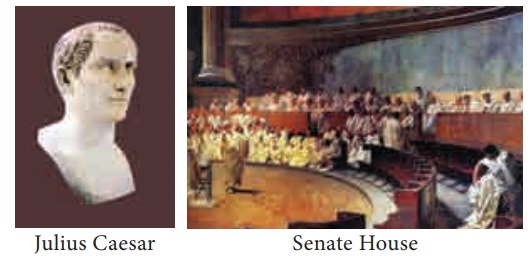
Establishment of Principate
The civil wars over
social issues ended only to be replaced by civil wars between Generals. Marius
and Cinna against Sulla, Pompey against Julius Caesar, after Caesar’s death
Brutus and Cassius against Mark Antony and Octavian (Caesar’s nephew) and
finally Octavian against Mark Antony. The rich, old and new alike, felt that
allowing Octavian, now called Augustus, to establish a de facto monarchy was
the only way to re-establish political stability. The period starting from
Augustus (27 BC (BCE)) is known as Principate. Augustus called himself
Imperator, equivalent to the English word Emperor.
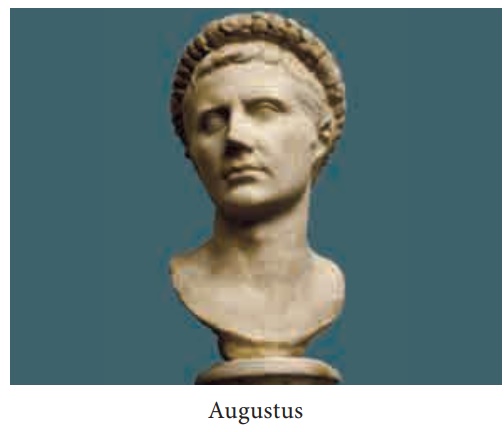
Society under Principate
During the period of
Principate, the imperial ruling class became far more prosperous than under the
republic. The period witnessed a great influx of luxury goods such as silk,
spices, and gems from the east. Cities were built on a grand scale, with
temples, theatres, stadia and colosseum, gymnasia, aqueducts, baths and
markets. The rich people distracted the attention of the poor by organizing
games and contests in circuses, where the gladiators were forced to fight and
kill each other.
The most distinguished
writers of the Augustan Age brought glory to the empire.
Pliny the Elder
completed a voluminous encyclopaedia of “science.” He called it Natural
History. Seneca was another well known author of an encyclopaedia of science.
Horace in his Odes developed a philosophy that combined Epicurean justification
of pleasure with Stoic bravery in the face of trouble. Livy was more a prose
stylist than a historian. The best known historian was Tacitus. Virgil’s Aeneid
glorified Roman imperialism. The Roman law attained its highest stage of
development during the Principate.
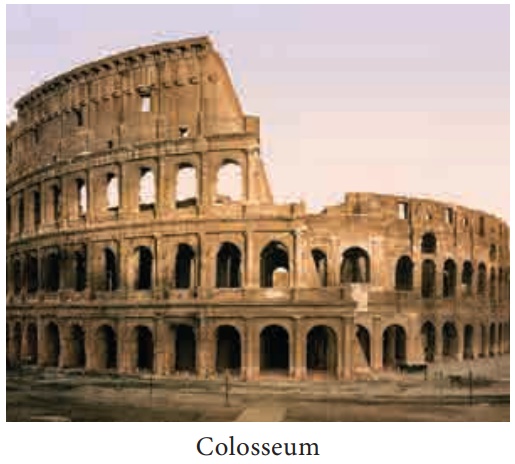
After the death of
Augustus in 14 AD (CE) Rome had few enlightened and capable rulers. With the
exceptions of Trajan (98–117), Antoninus Pius (138–161) and Marcus
Aurelius (161– 180), all others were tyrants. Marcus Aurelius stands apart
from all others. As a philosopher, he authored many books. He was the first
Roman Emperor to send an embassy to China and establish contact with an Asian
power.
External Invasions and the Decline of Roman Empire
The empire, facing
threats from “barbarian incursions,” depended on expensive mercenary armies. In
AD (CE) 330 the centre of the empire moved from Italy to the Greek speaking
city of Byzantium. But it was difficult to rule the western parts from such a
distance. In 410 A.D. (C.E.) the Goth Alaric led his forces to sack Rome. The
Frank Clovis took control of Gaul. The Ostrogoth Theodoric proclaimed himself
the emperor of Rome. The final onslaught came from Vandals. In 476 A.D. (C.E.),
disgusted by the rule of Emperor Romulus Augustus, the Roman army led by
Odovacer revolted and deposed him. This marked the end of Western Roman Empire.
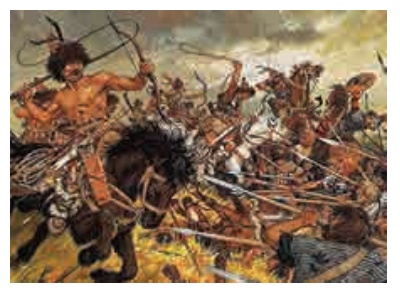
Related Topics